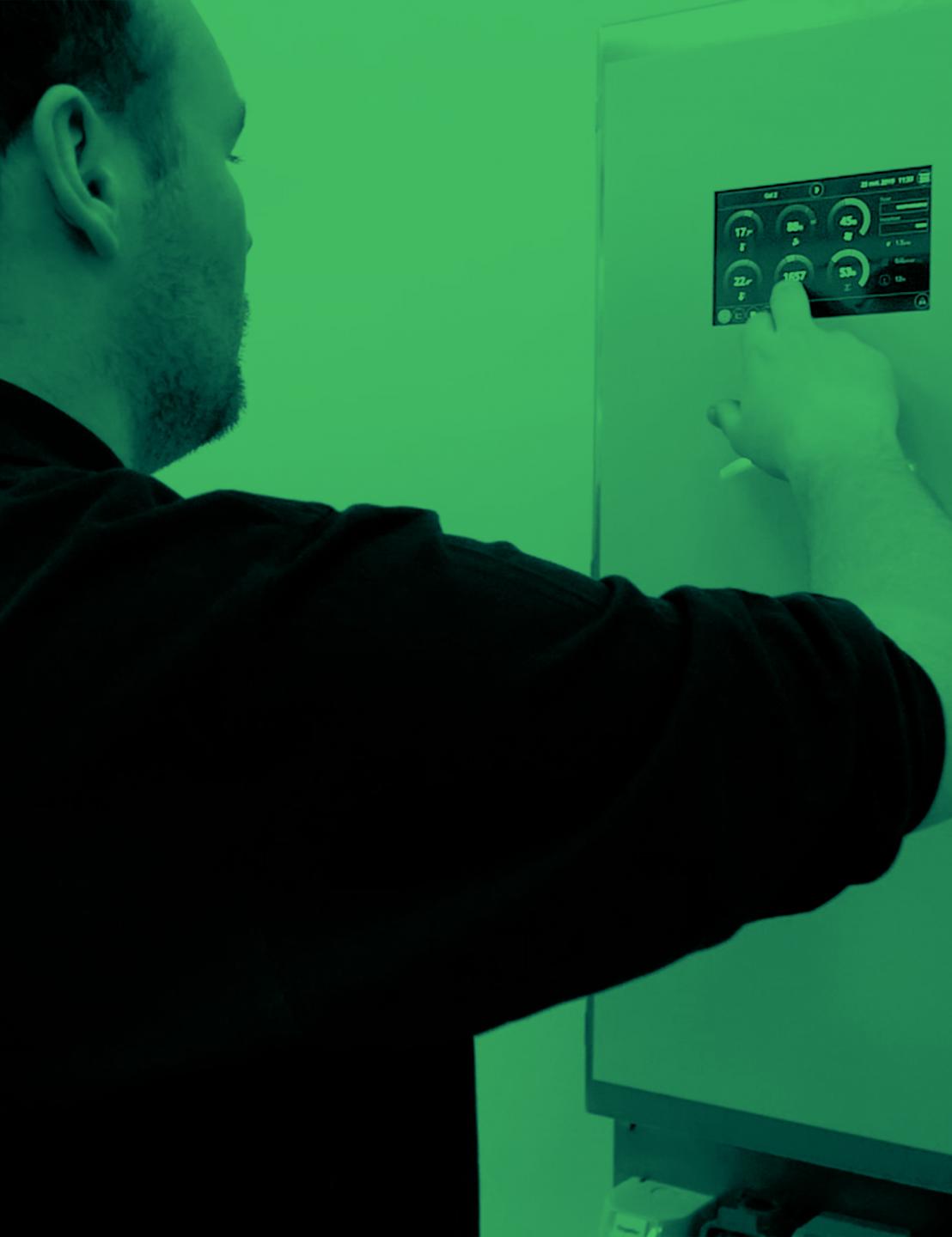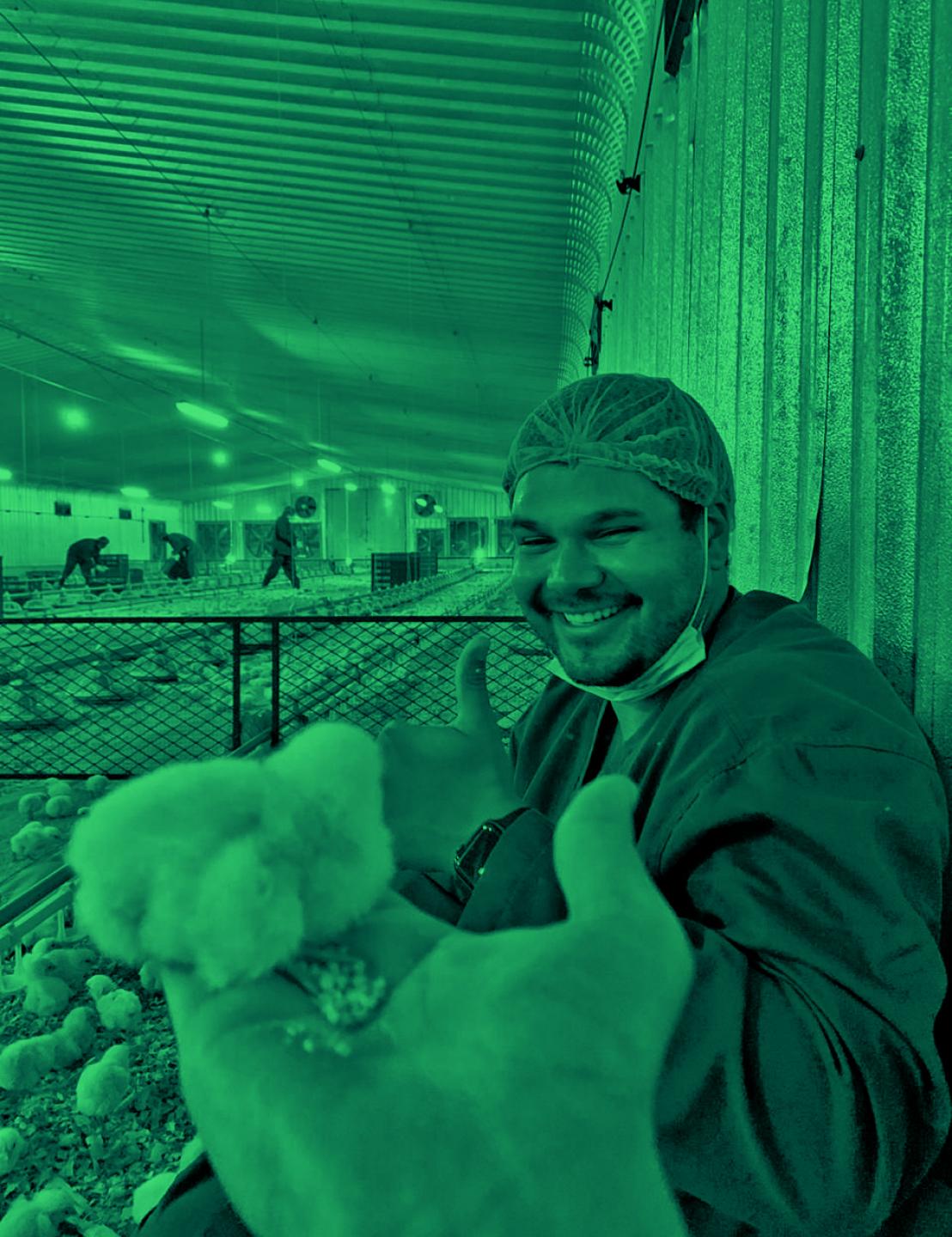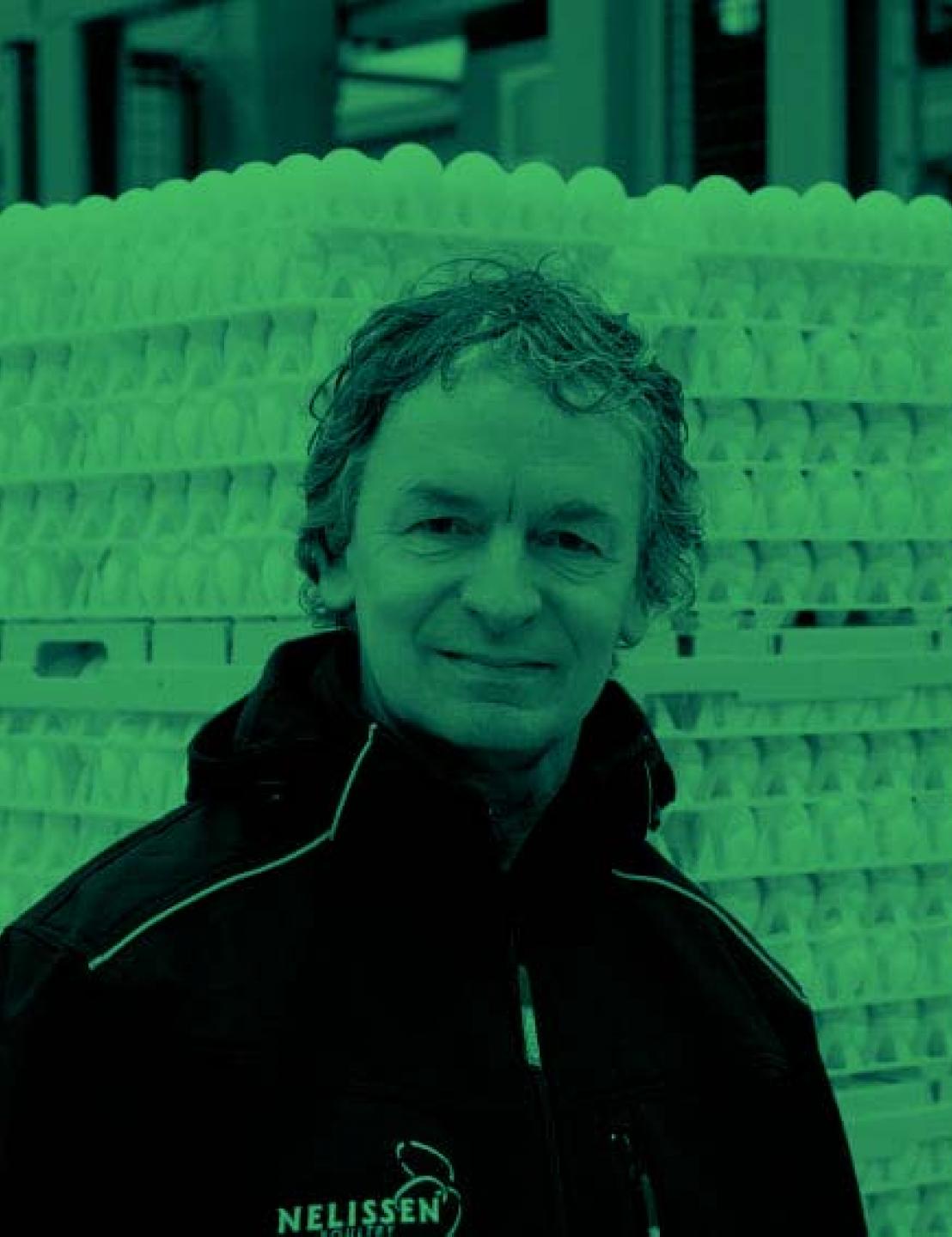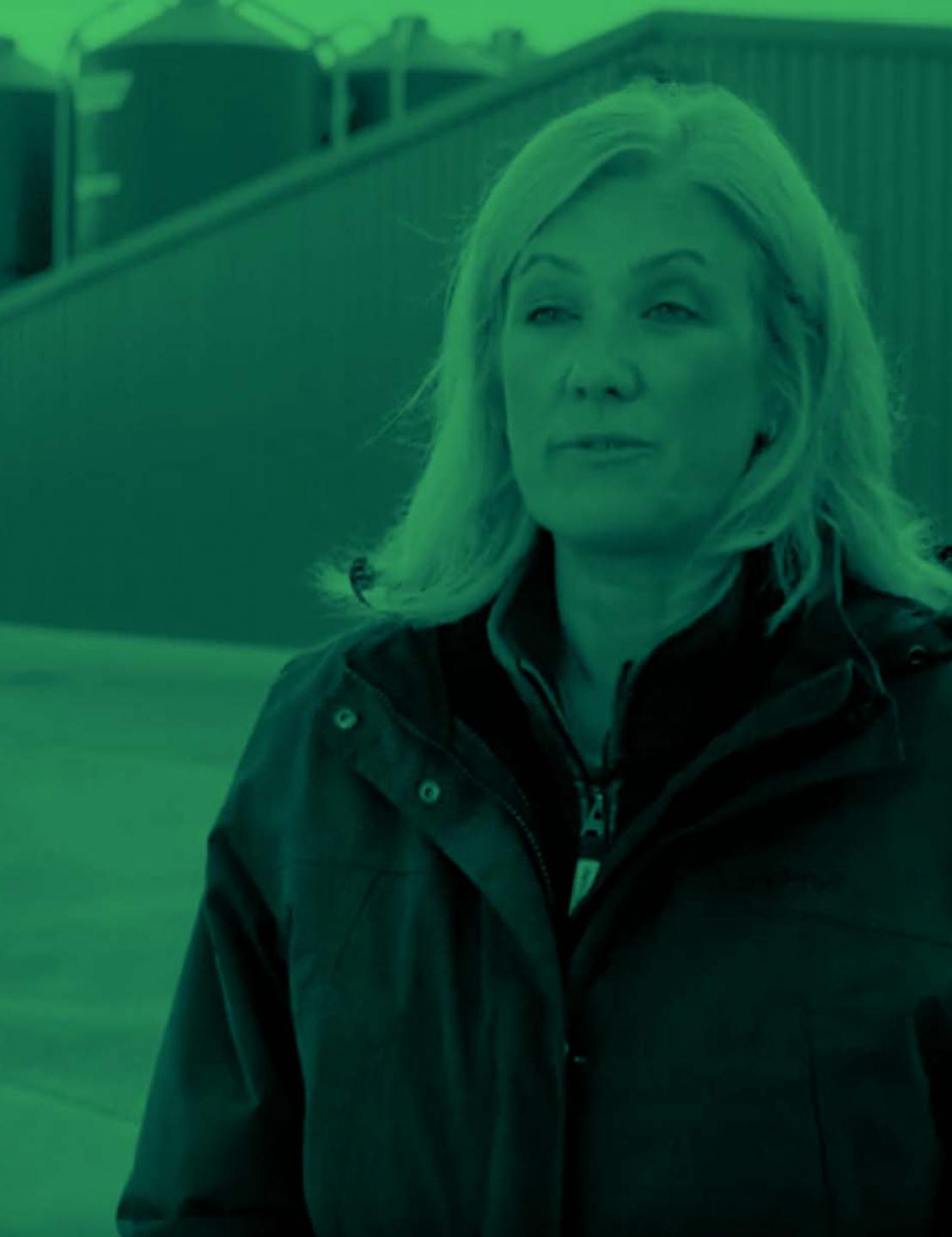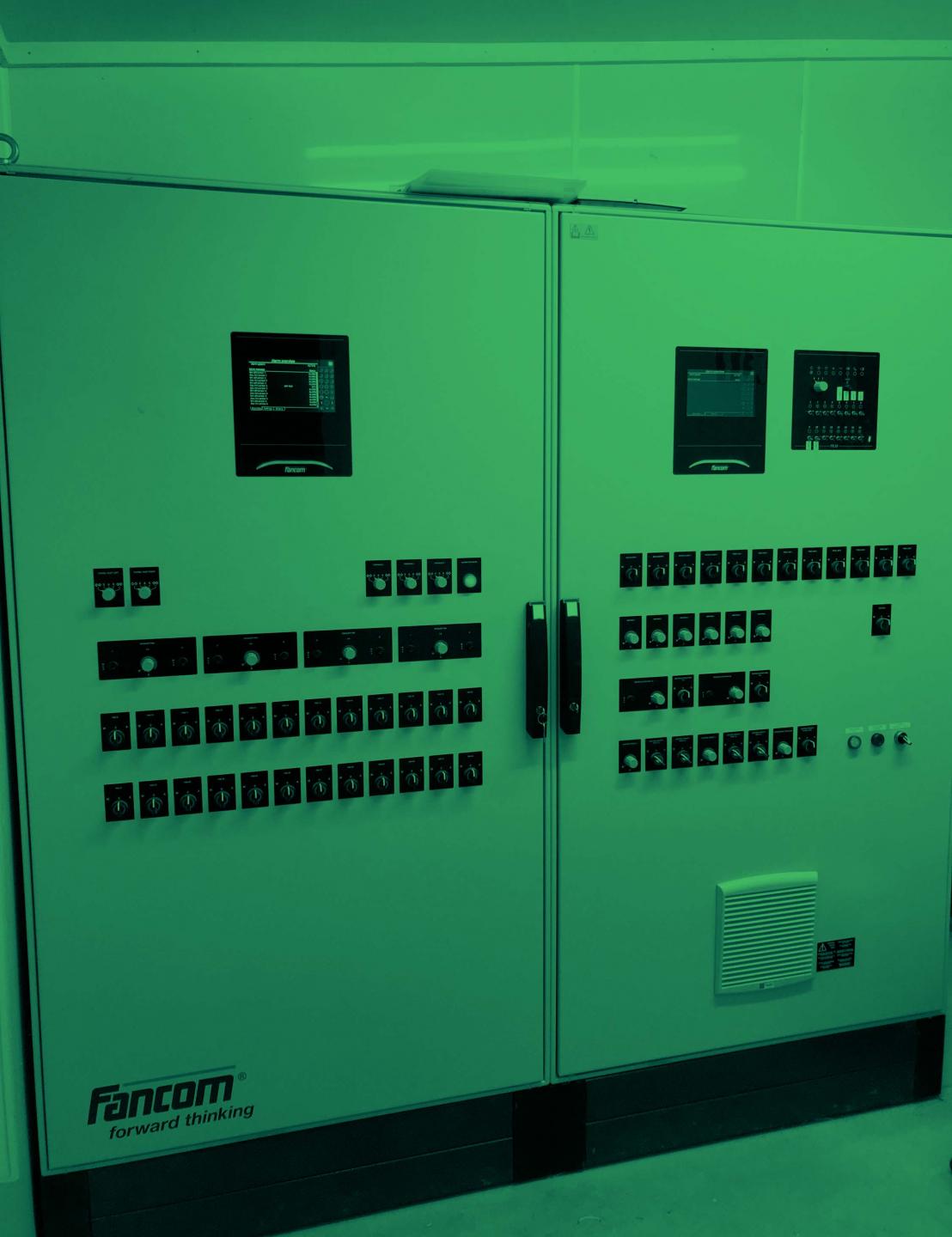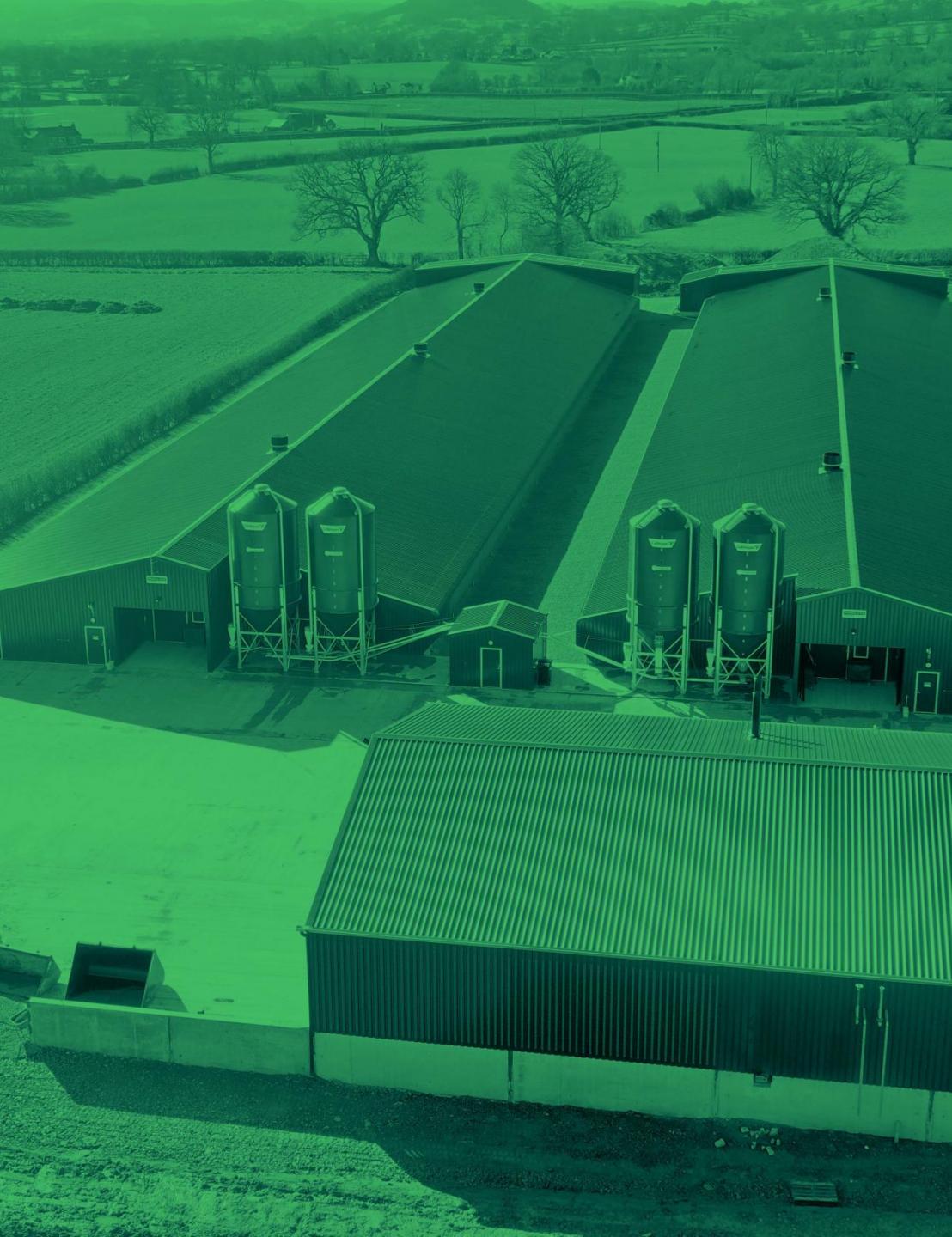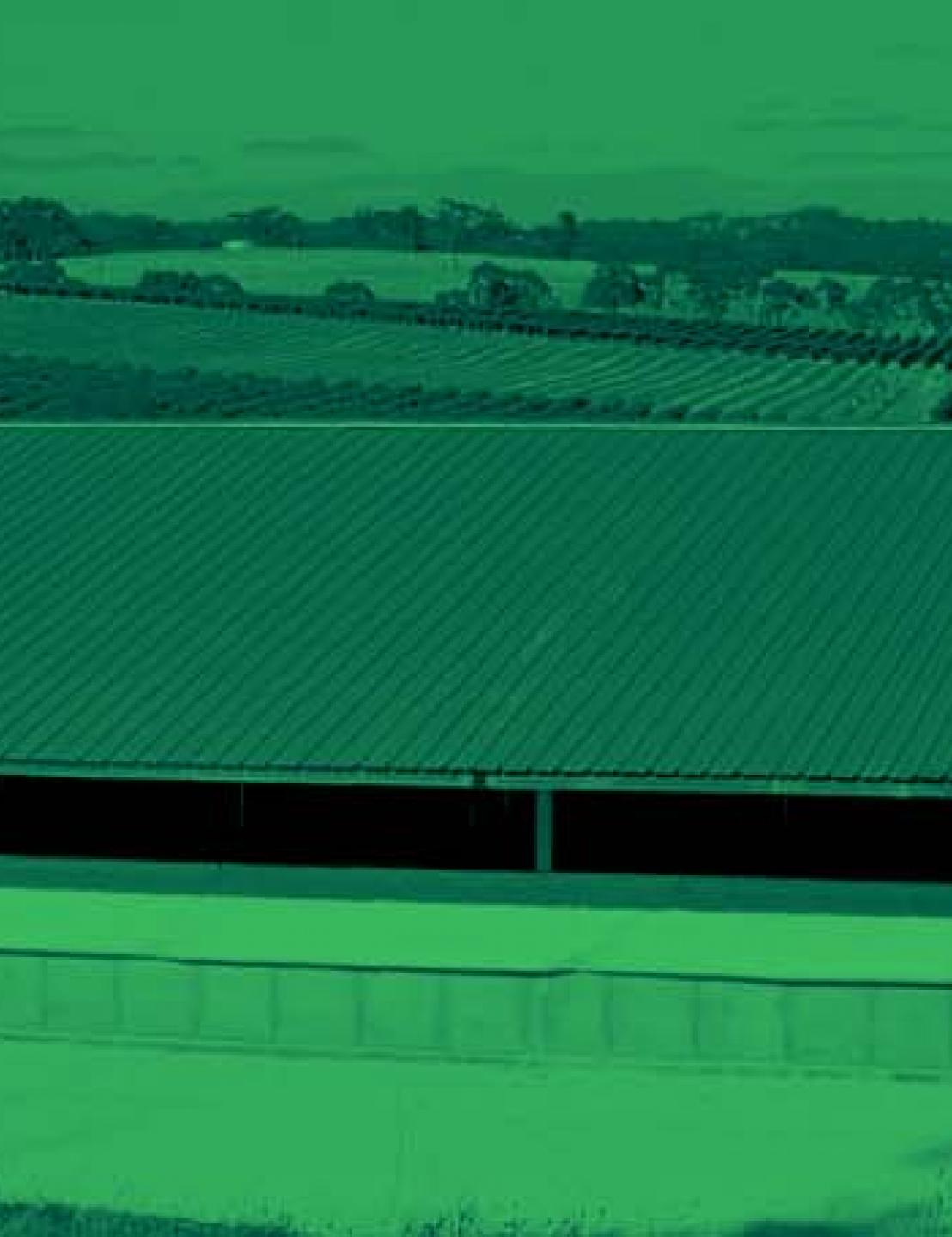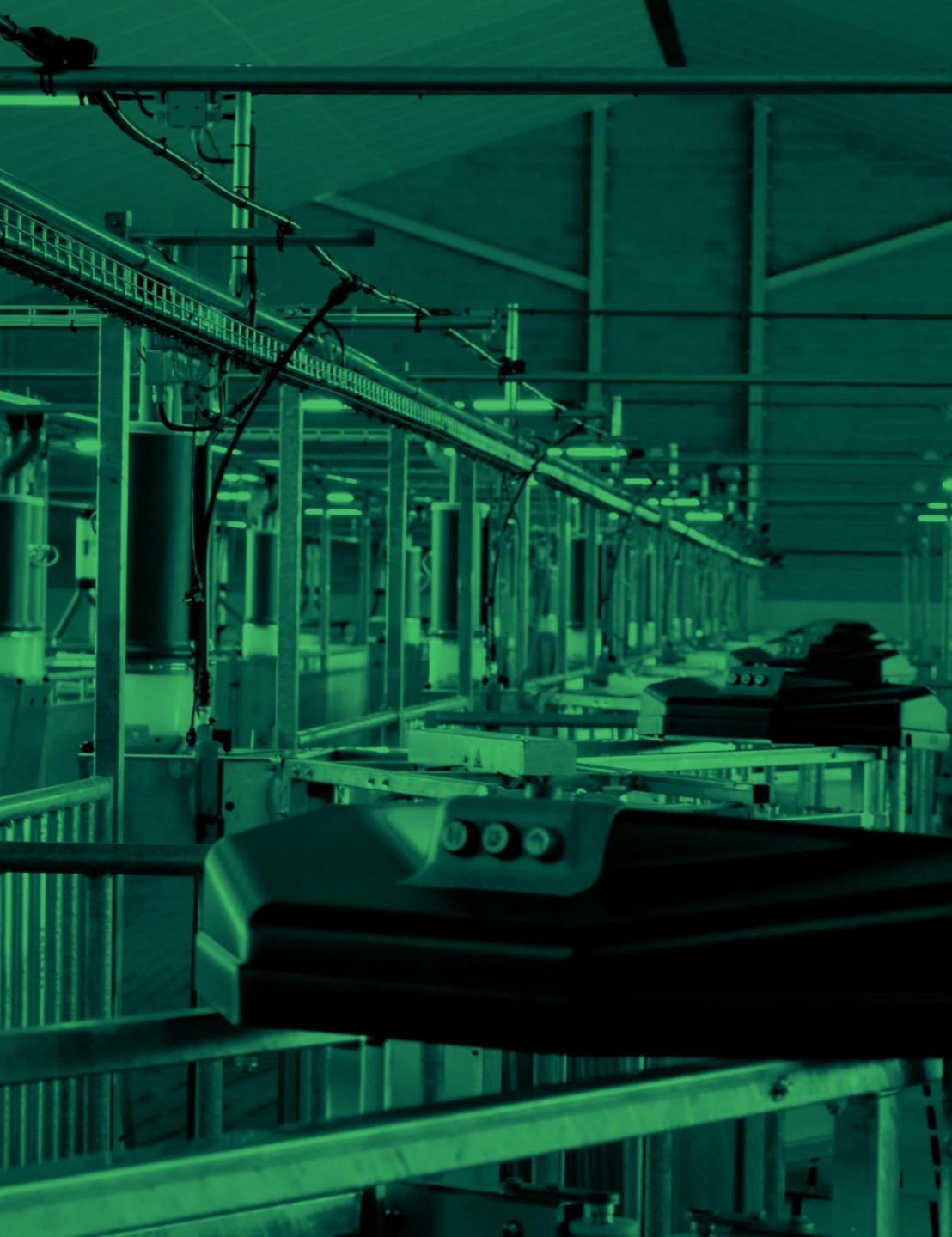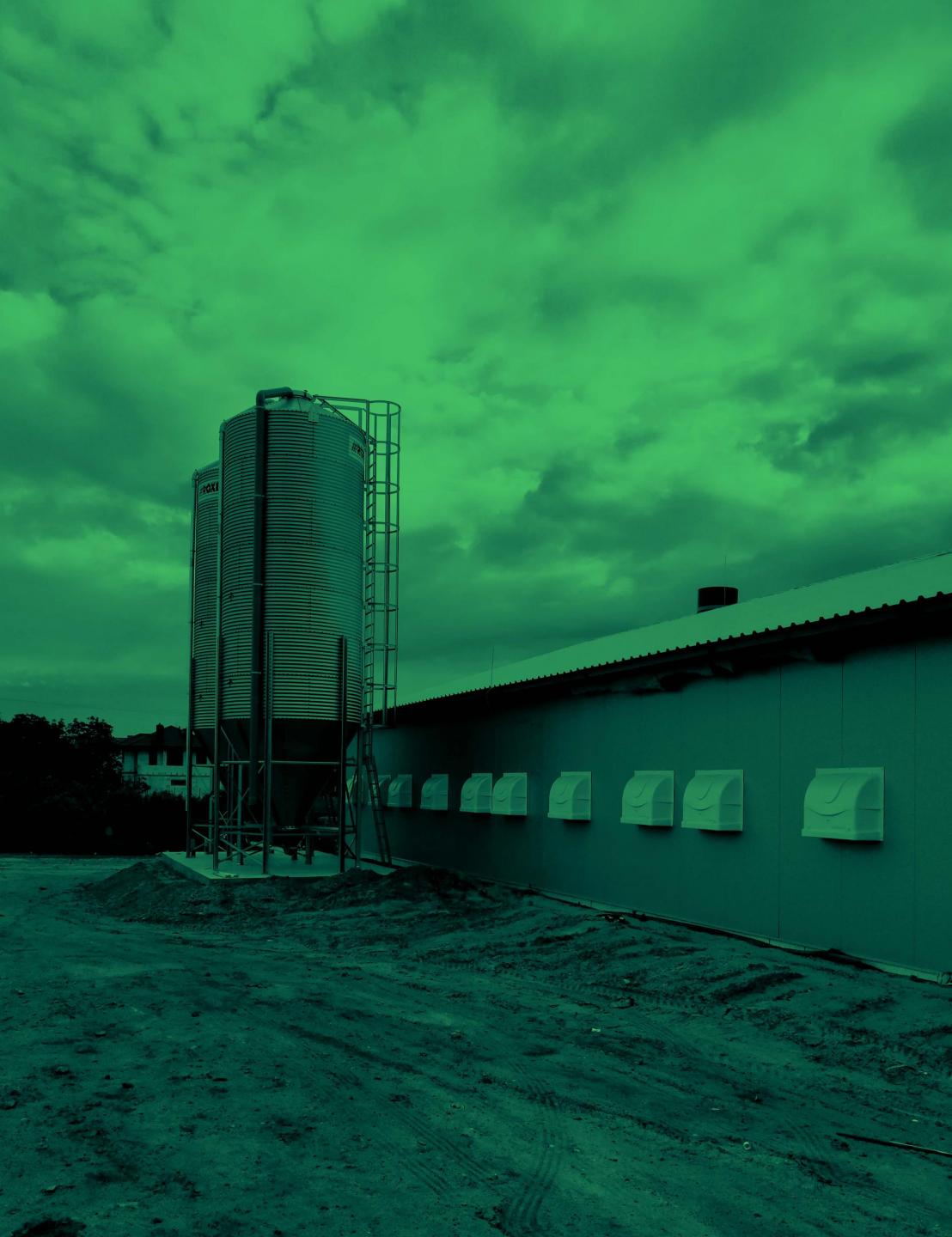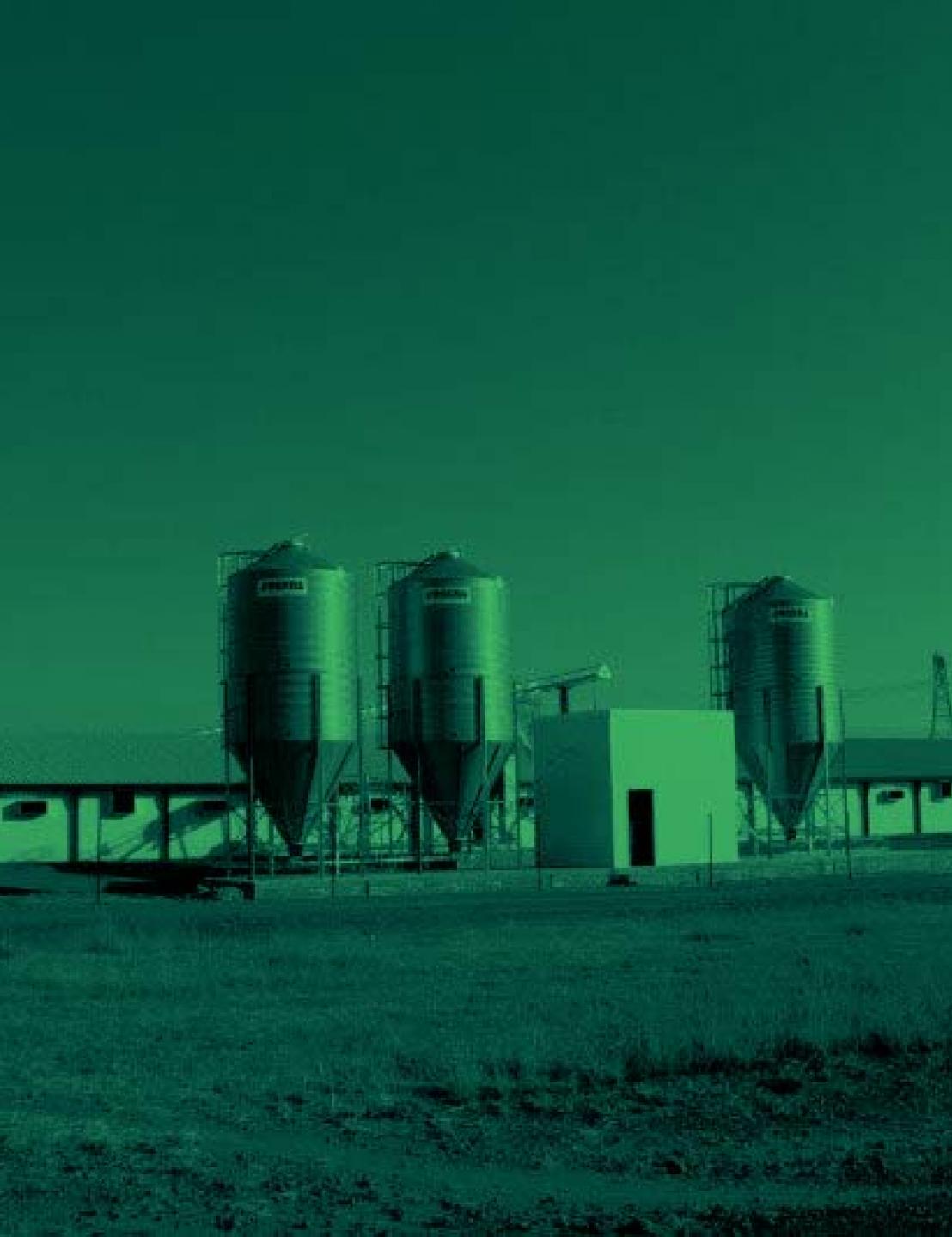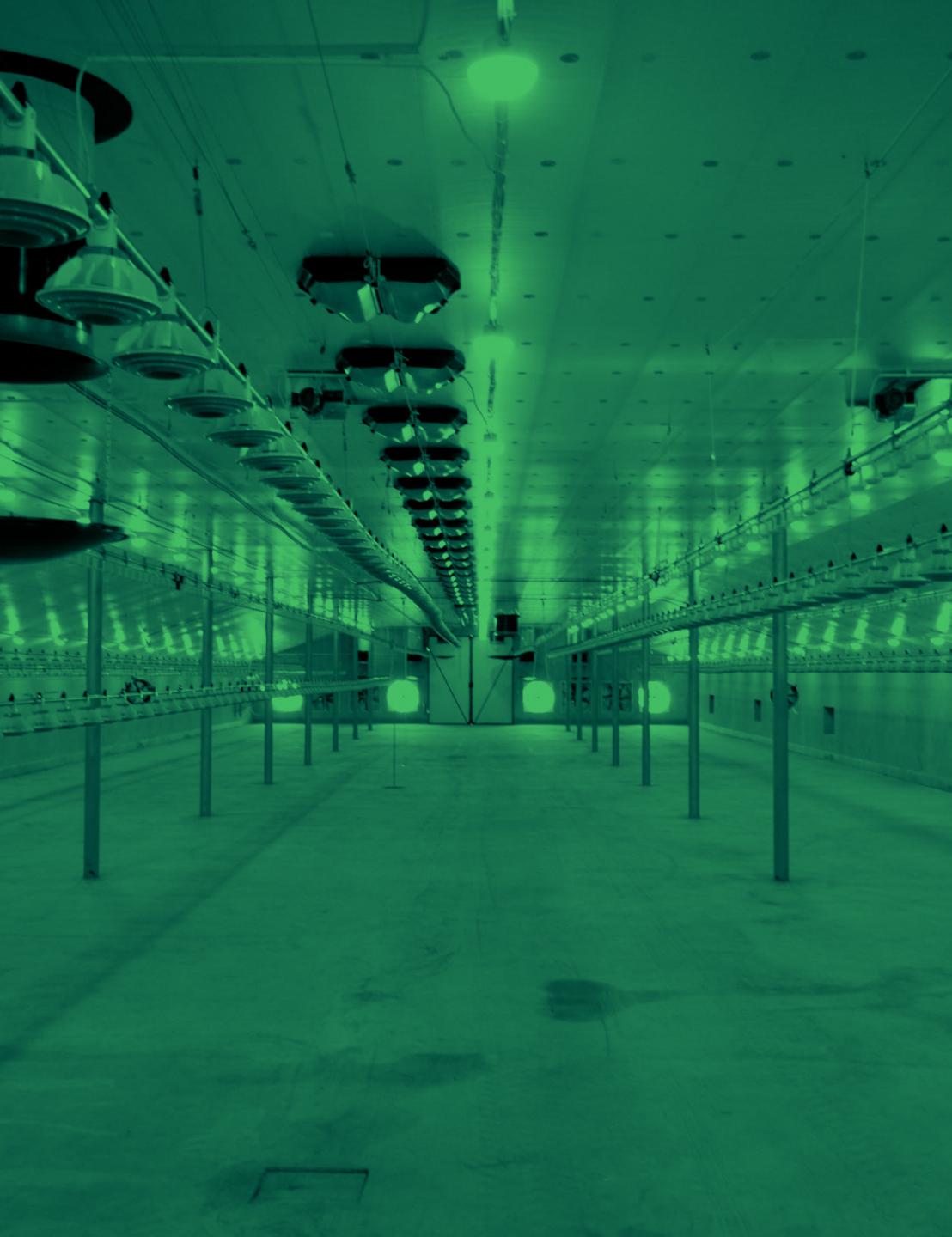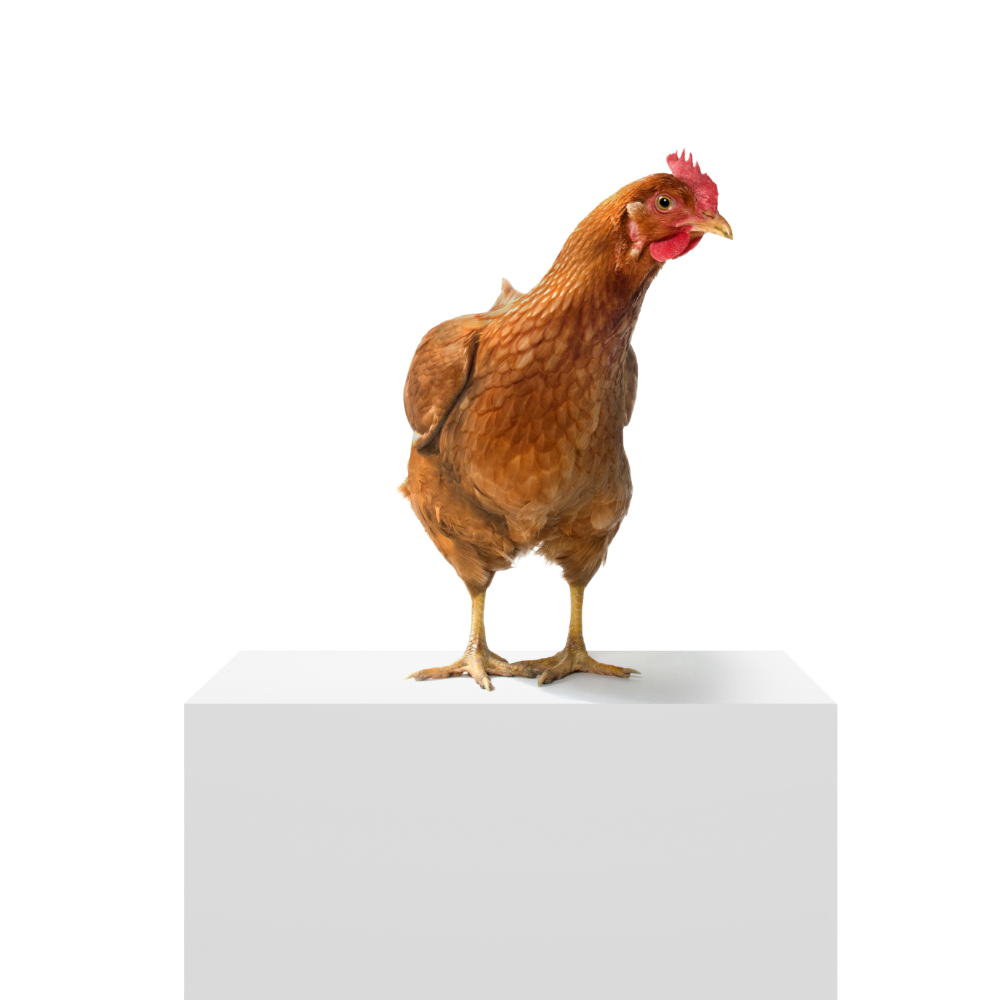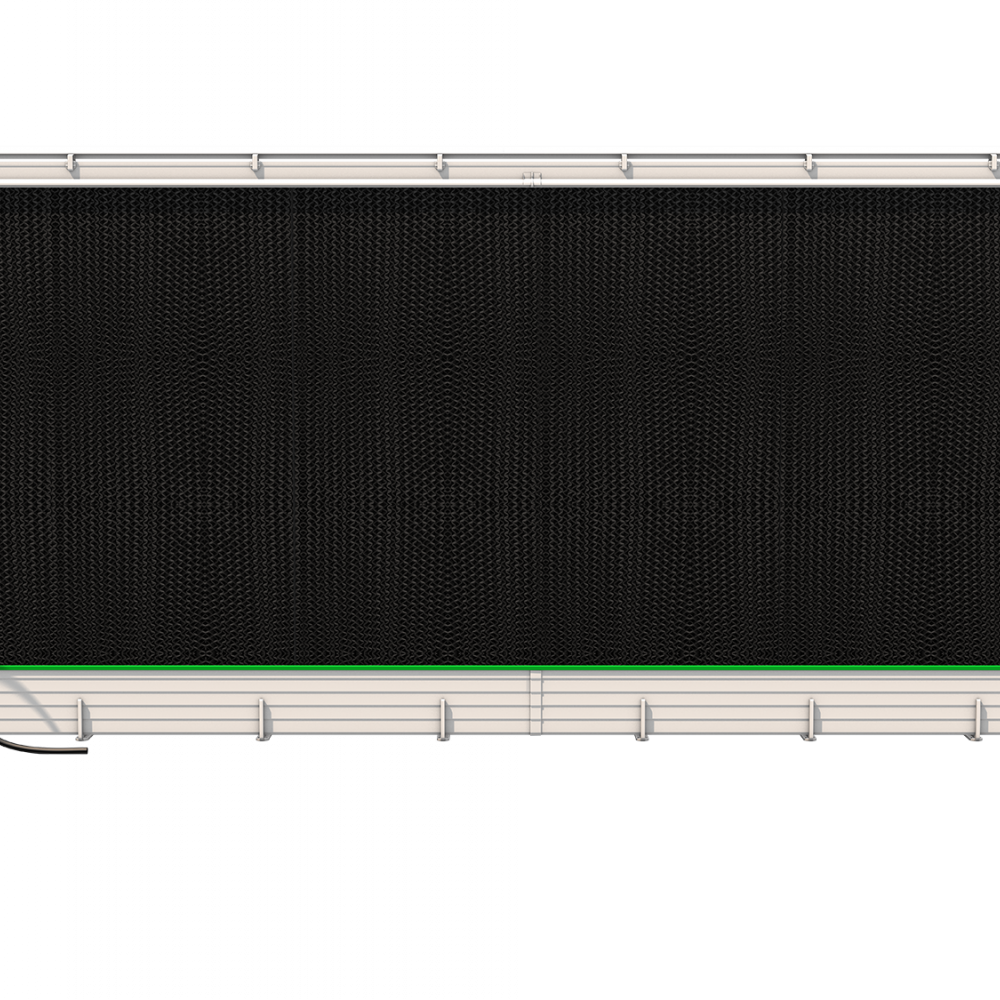
Heating & Cooling
Helps you maintaining the apparent temperature experienced by the animals
Read moreHeating and cooling in the house play a crucial role in maintaining the apparent temperature experienced by the animals. The thermoneutral zone is the ideal ambient temperature for the animals so they are able to maintain a constant body temperature with minimum effort. Within this temperature range, they can deliver the maximum biological performance with minimum feed consumption.
The external temperature also has an important influence, as does the stocking density in the house.
Optimal ambient temperature
Your animals benefit from a healthy climate under all conditions with Fancom's cooling and heating systems in farm buildings.

Greenline pad cooling
Pad cooling cools the incoming air using water that flows through a synthetic pad installed in front of the air inlet. A major benefit of this cooling method is its capability to cool air to 6-8 °C coupled with extremely low energy consumption.
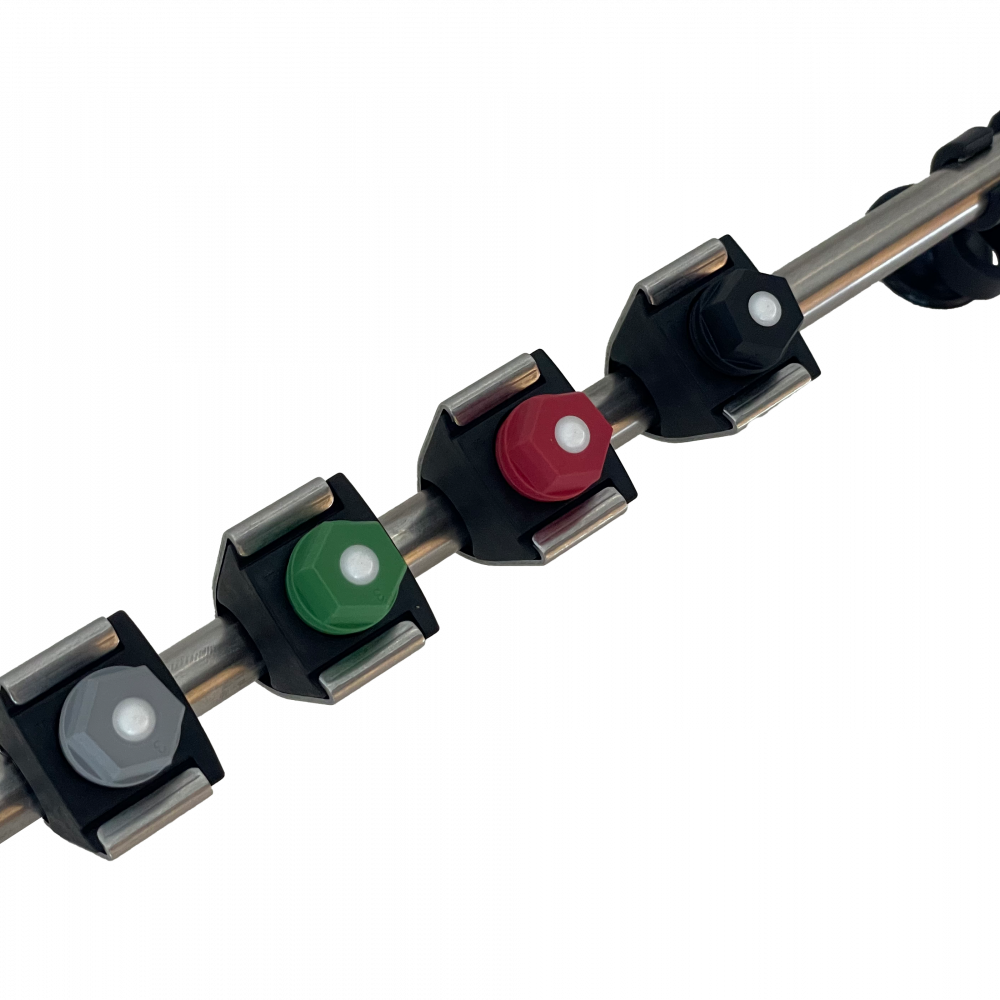
Mist cooling
This is an excellent way of cooling incoming air in houses equipped with air inlets and/or tunnel inlets using a high-pressure mist. During this evaporation process, heat is extracted from the air, lowering its temperature. High-pressure misting introduces water in the form of minute water droplets into the house. These water particles evaporate in the heated house, cooling the incoming air and the air in the house. Evaporation takes place before the water droplets reach the floor which prevents the bedding or litter becoming damp. High-pressure cooling is simple, effective and extremely reliable.
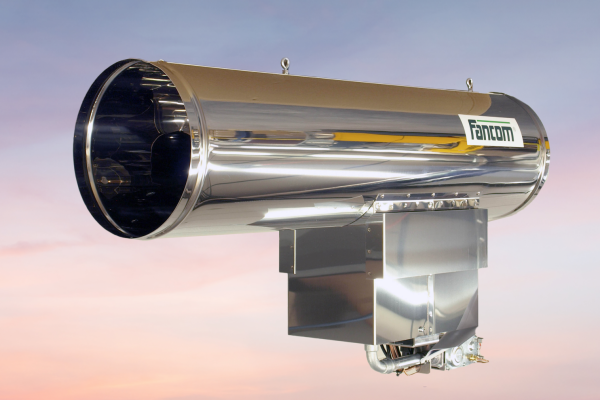
Convection heaters
Fancom offers a series of fully automatic convection heaters with capacities ranging from 70 to 120kW in models suitable for natural gas and diesel. There is also a special 33kW version for pig houses.
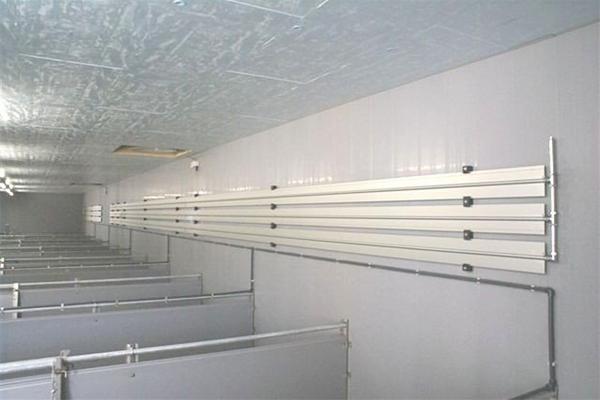
Pipe heating
With pipe heating, the incoming air is heated by warm water flowing through the aluminium pipes. The pipes are mounted flush against the wall, in the air inlet duct or under the ventilation ceiling. The delta pipes and twin pipes are made of anodised aluminium, which offers benefits include rapid heating, light weight and no corrosion.
Download more information
You can also easily download more information about our heating and cooling systems.

Heat stress
High occupancy at high temperatures is a challenge for every livestock producer. The risk of heat stress in the house increases with high outside temperatures. Heat stress occurs when high temperatures and high humidity prevent an animal from regulating its own body temperature. This impacts on animal health. A suitable cooling system offers excellent possibilities to keep the animals in their comfort zone and prevent heat stress. So your animals will continue to grow, even with a full stocking density and extremely high outdoor temperatures.
There are several way to cool the house. One option is a higher air humidity by misting on pad cooling but a higher air speed (the wind chill effect) also has a cooling effect on the animals. The best solution depends on the humidity of the air and the ( fluctuating) temperature of the outside air.
Cold stress
Similar to heat stress, whether the animals experience cold greatly depends on the combination of air temperature, air speed, air humidity level and the general body condition of the animals. If the lowest critical temperature of the thermoneutral zone is exceeded, the animals will need to utilise more energy to maintain their temperature. This increases their energy demand. Provision of water and feed in line with the higher need for energy must be safeguarded to prevent energy being diverted from other vital processes such as the immune system, production, body condition or recovery and healing.
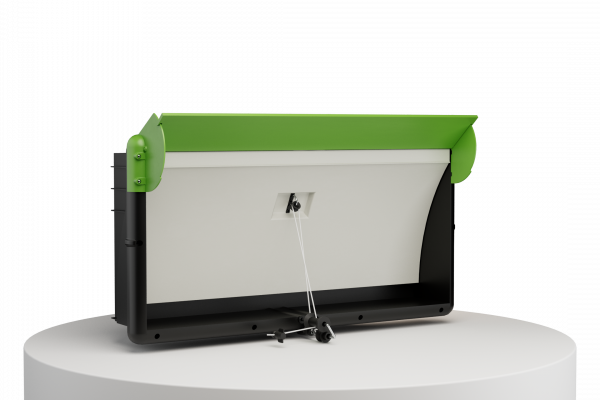
To avoid this, you can also heat the house as well as measures such as reducing the wind speed and humidity levels. Providing fresh air is always necessary.
Various methods are used for heating, but heating using infrared radiation is gaining in popularity. If traditional convection heating is used, the air is heated throughout the house. As warm air rises, the temperature in the house will be warmer near the ceiling than at floor level. Logically, this is a considerable waste of energy. Choosing to heat the house using an infrared system enables you to save on energy costs compared with conventional heating.
When deciding which heating system to use, pay close attention to the energy consumption, noise production level, CO2 and ammonia emissions and moisture released in the house.
See our other product families
Forward thinkers
Forward Thinkers have one foot in the present and one foot in the future. What they do, they do well. And to keep it that way, they look ahead. Can it be done differently, can it be done better than we are doing now?
Do you want to use complete farm automation in your business?
Contact us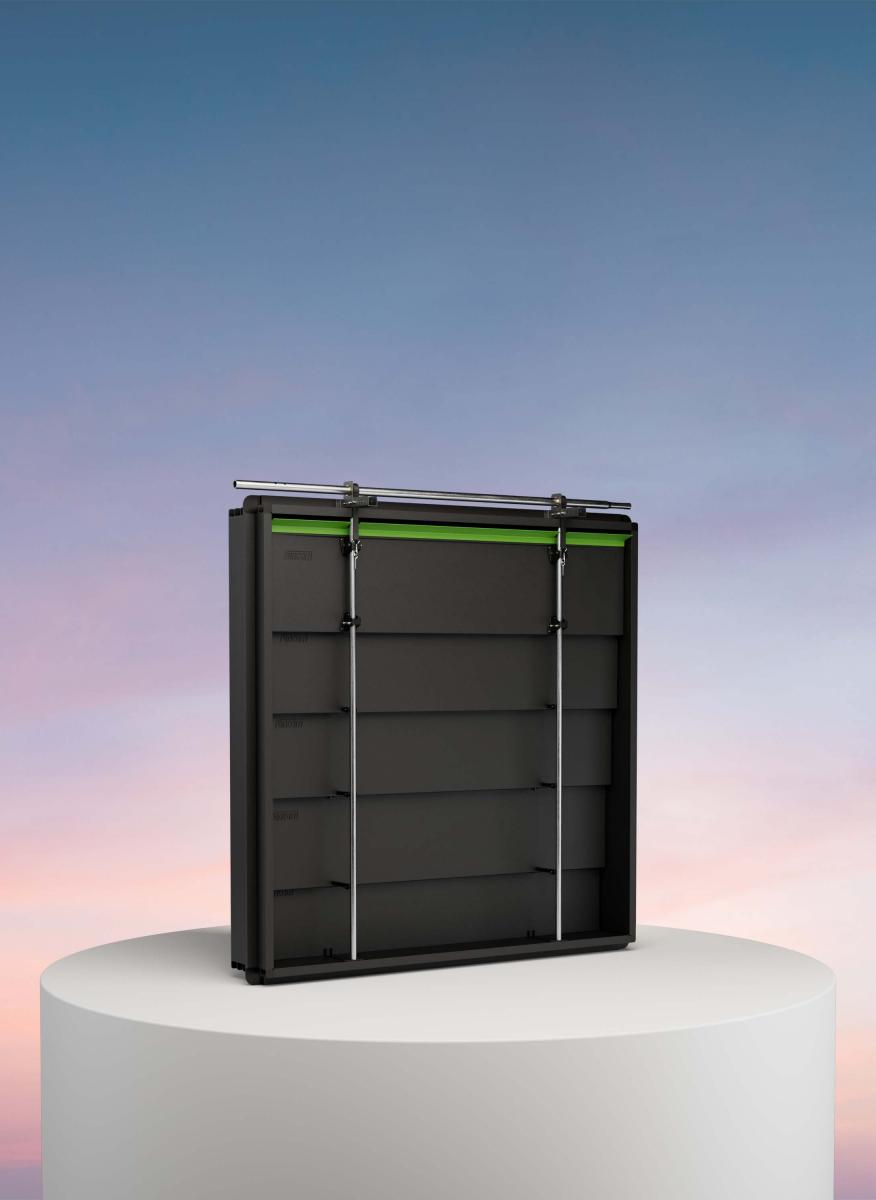
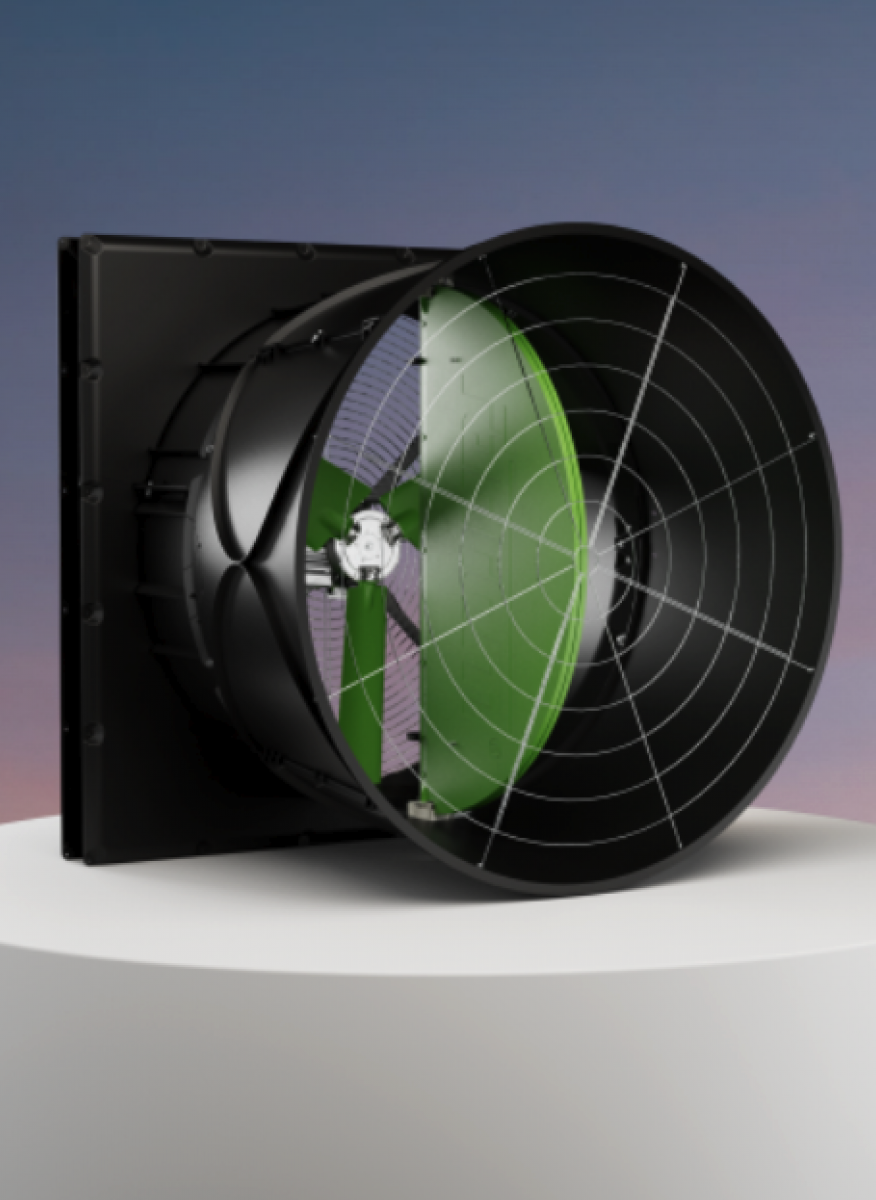
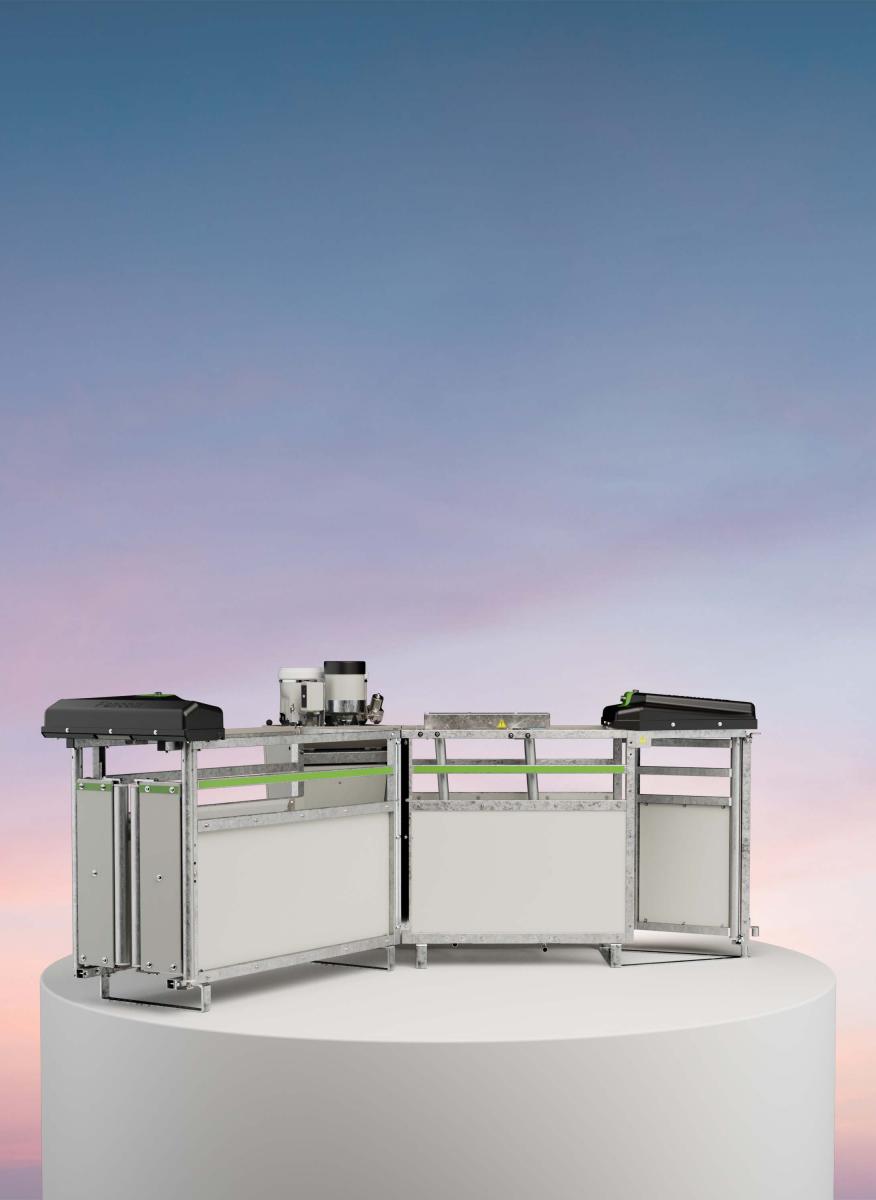
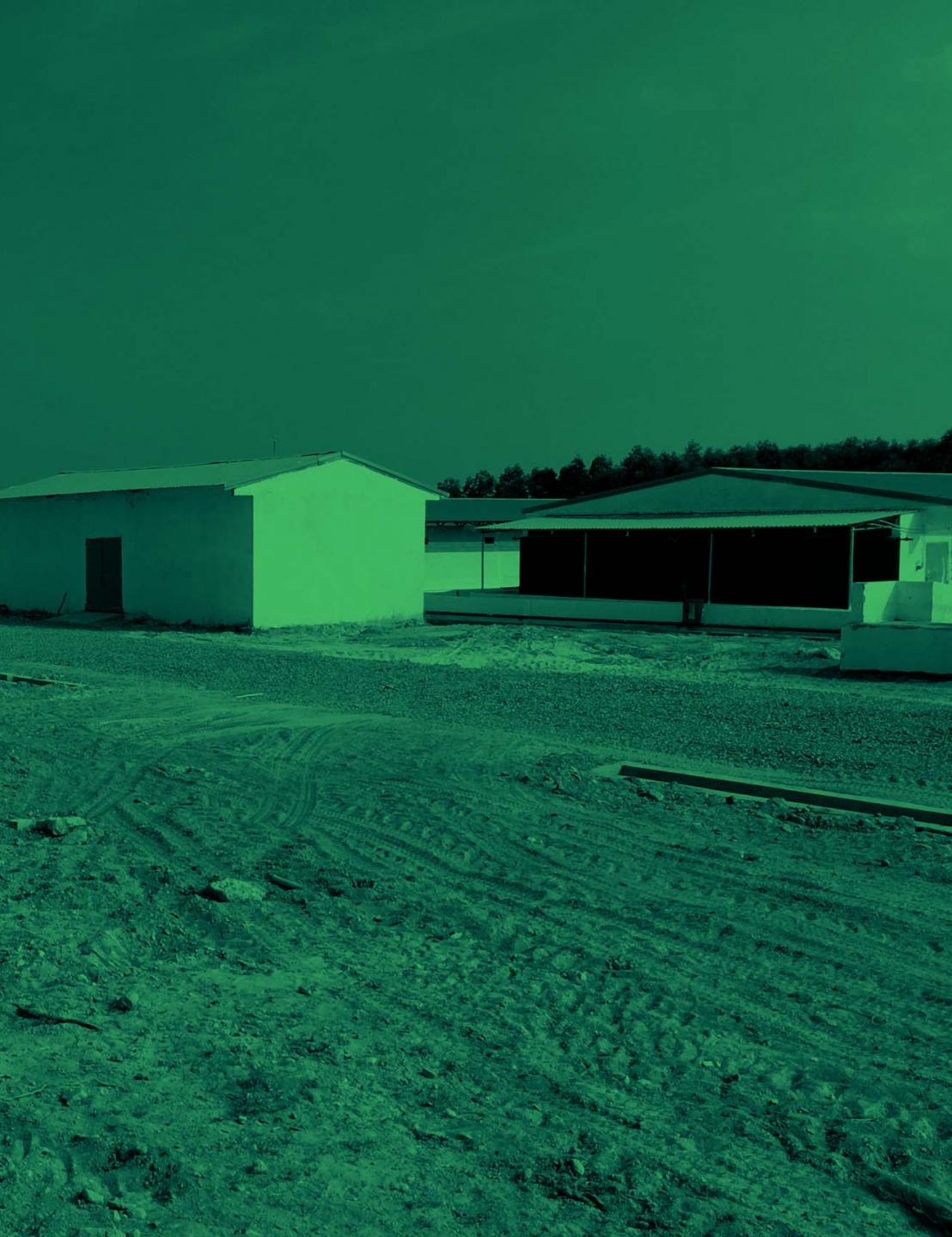
 Case study
Case study